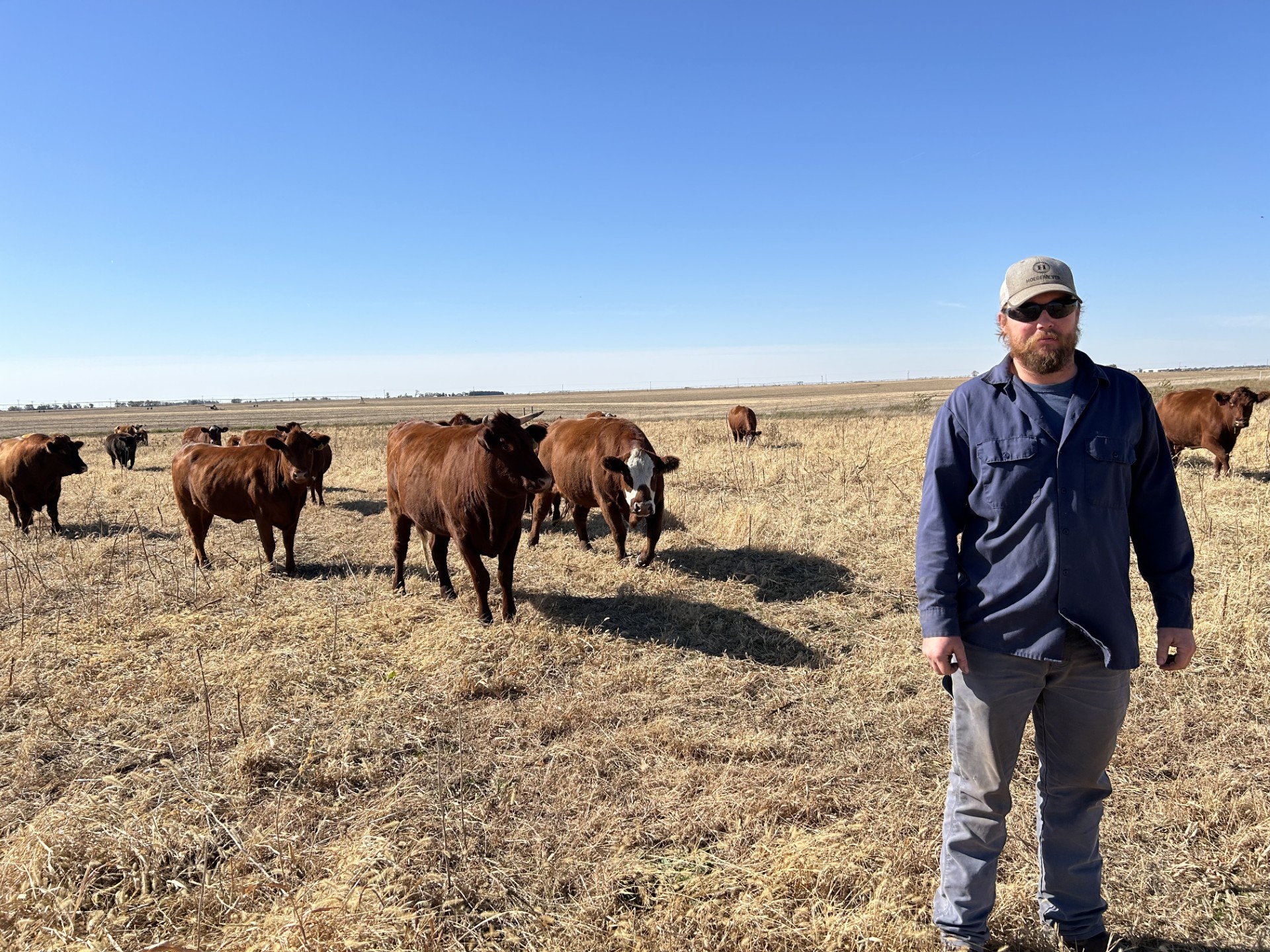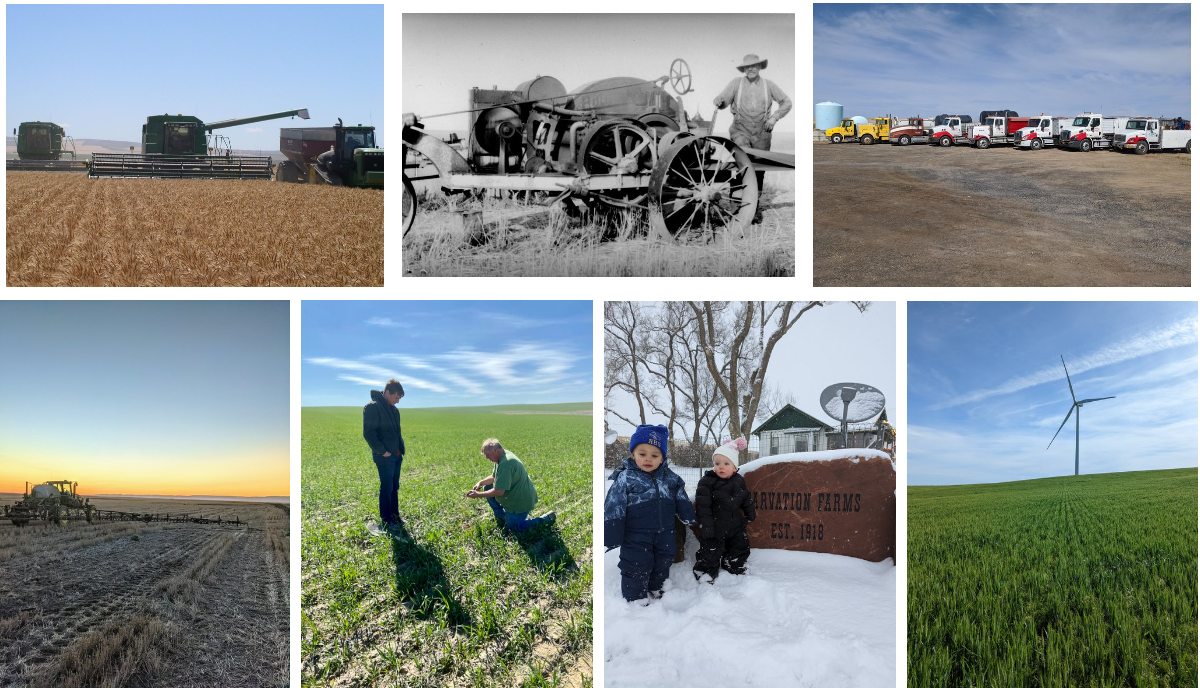Soil Carbon Measurement For Carbon Credits
Understanding Carbon Measurements: Soil Sampling
Let’s face it, carbon sequestration measurement is sometimes difficult to understand. One way to bring greater validity and grower confidence to claims about carbon sequestration is to use solid techniques that are firmly based on science and relatable to producers participating in carbon markets. Physical soil sampling is a method relatable to growers’ experiences and has a sound scientific foundation.
Third-party soil sampling and soil analyses are used to measure carbon in the soil for farmers and ranchers involved in Agoro Carbon Alliance’s carbon program. At least three times, soil samples are collected from producers’ fields. The first measurement taken for soil carbon levels is done soon after the contract is signed. This first physical measurement in their fields is used to create a baseline measurement of where the levels of carbon are in their soils as they prepare to introduce new carbon farming practices in their operation. This resulting number, itself, is not a measurement of how “good” the producer’s historical practices or management have been, but rather a launching point to measure progress against in the future – also referred to as a baseline. Different soil types, geographies, and operation types will all naturally create a wide variety of carbon levels in soils.
Third-party soil sampling and analysis are pivotal. Here’s how it works:
1. Initial Sampling:
Soil samples are collected from producers’ fields at least three times. The first sampling occurs shortly after signing the contract. This initial measurement establishes a baseline for soil carbon levels. It’s a starting point before introducing new carbon farming practices. This resulting number, itself, is not a measurement of how “good” the producer’s historical practices or management have been, but rather a launching point to measure progress against in the future – also referred to as a baseline. Different soil types, geographies, and operation types naturally tend to create a wide variety of carbon levels in soils.
2. Understanding Baseline Measurements:
The baseline measurement does not judge the producer’s historical practices or management. Instead, it is a reference point for future progress assessment, helping gauge improvements over time.
3. Monitoring Progress: Soil Sampling in Action:
After implementing new carbon farming or ranching practices for five years, another crucial step occurs soil sampling to monitor progress. Here’s how it unfolds:
4. 2nd Soil Sample:
After a producer has implemented the new carbon farming or ranching practices for five years, another soil sampling takes place to monitor the progress of the carbon levels in the soil. Here, it is essential to understand that this new measurement or level is used to compare against what the producer’s levels would have been if they had not adopted the new carbon-capturing practices. Most models and research have shown that status quo management of row crop fields and pastures (high tillage, bare soil, minimal grazing movement between pastures) will likely tend to result in the decrease of carbon levels in soils over time.
5. Long-term Support:
Through the assistance of Agoro Carbon’s dedicated Grower Success Team (GST), producers in the program will receive help to ensure that the new practices are implemented with a strong plan based on research and local knowledge customized for each producer. This assistance is key to enabling farmers and ranchers to strengthen their operations, successfully build soil carbon levels in their soil, and get paid for it.
6. A Fully Customized Approach To Support Farmers & Rancher’s Success:
Unlike some traditional fertility soil sampling, soil carbon sampling relies on more information than grid patterns or crop rotations. There is importance placed on a variety of historical treatment parameters such as tillage and irrigation, the timing and intensity of new practices being adopted and the statistics of thorough representation of soil and land characteristics. The producer’s first-hand knowledge and expertise about their land and their farming or ranching operation is essential for informing the way their soil is sampled. Again, the GST works closely with producers to collect all the essential information that will allow soil sampling and modeling to maximize the producer’s credit for building soil carbon.
7. Long-term Impact & the 3rd Soil Sample:
After ten years of the new carbon capturing practice/s is implemented, soil samples are again collected from the producer’s fields to measure the carbon levels in the soil. This is a pivotal event. Most research models show that the carbon levels in the soil are built slowly in the first few years after these carbon farming practices are started but that this rate accelerates beyond five years. This third soil sampling shows the true force of the practice change that has enabled carbon to be sequestered out of the air and into the soil structure to be securely kept. The method and scientific rigor of the soil measurement at this point will ensure maximum return for the producer’s time and effort.
Physical soil sampling is a tried and true scientific method of measuring soils. However, the science and technology around measuring carbon in soils are continuing to evolve at a great speed, and there is a high probability that additional tools, such as proximal sensing and remote sensing, will be developed and realized that can more quickly and thoroughly measure carbon in the very near future. Agoro Carbon’s seasoned and diverse experts continue to test and assess these technologies to see how they may be able to further ensure producers are fairly compensated for the actual carbon their practices have been able to sequester in soils.
Agronomic Co-Benefits To Conservation Practices
Additionally, while carbon is the cornerstone of the carbon credit market and a tangible way to measure a producer’s impact, there are a wide variety of other co-benefits and agronomic advantages, seen and unseen, that arise from carbon farming and ranching practices.
Agoro Carbon’s teams on the ground are committed to working with producers to demonstrate and measure these co-benefits throughout the program’s life to prove the agronomic and financial value of these practices, even beyond the carbon credit payments. Measuring soil health indicators and the agronomic resiliency benefits of these new practices is essential to telling the whole story. Because practices that build carbon levels in the soil also build organic matter and can reduce nutrient runoff and soil erosion, the true impact of carbon farming practices goes well beyond the measured carbon.
Soil sampling and new, robust measurements of the carbon in producers’ soils are firmly based on scientific methods and principles and are performed using unbiased third parties to further advance the validity of the process and the results.
Agoro Carbon is committed to continuing and building upon the current work done to strengthen the trust producers, and the public has in the agricultural carbon market.






